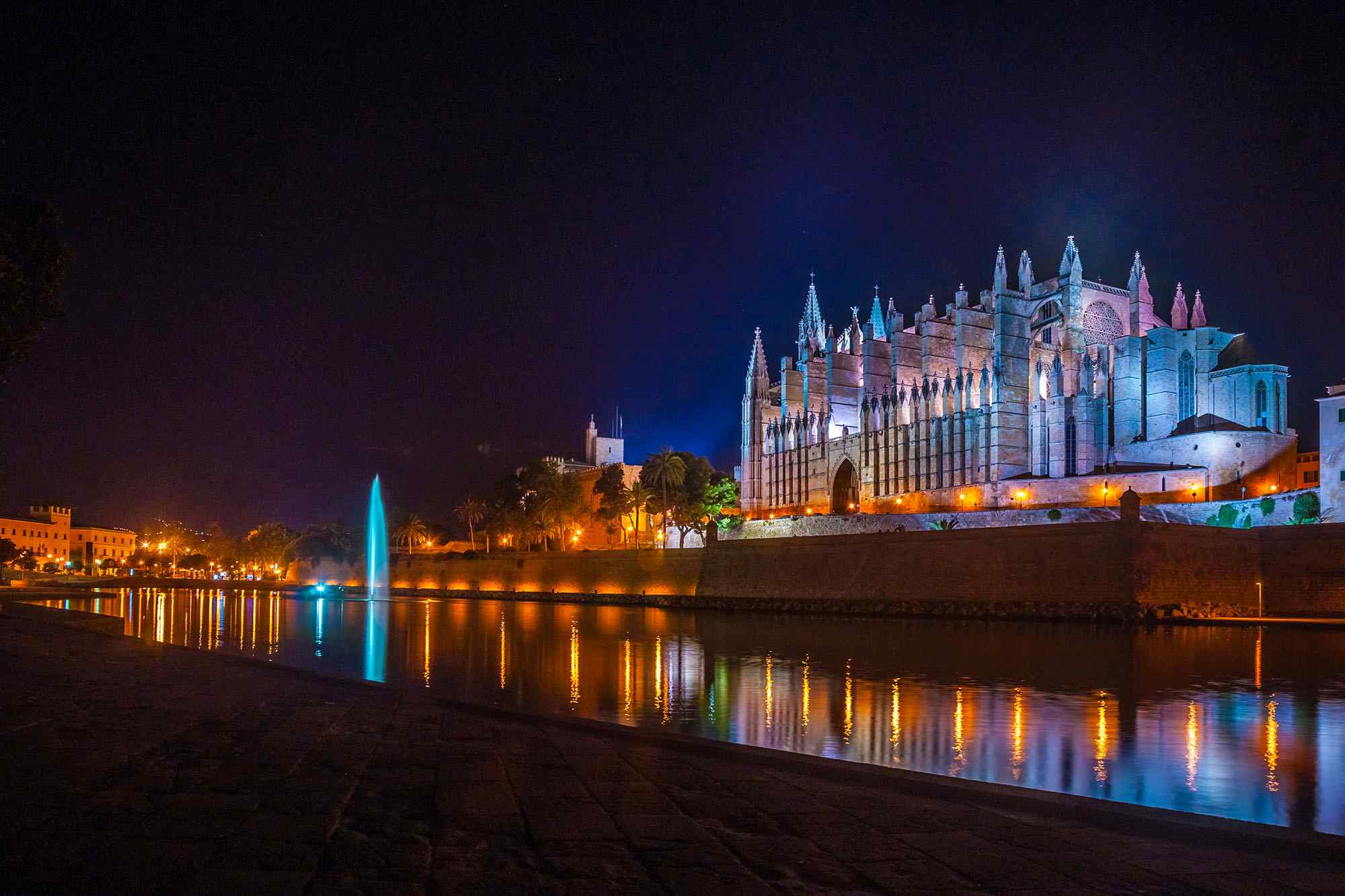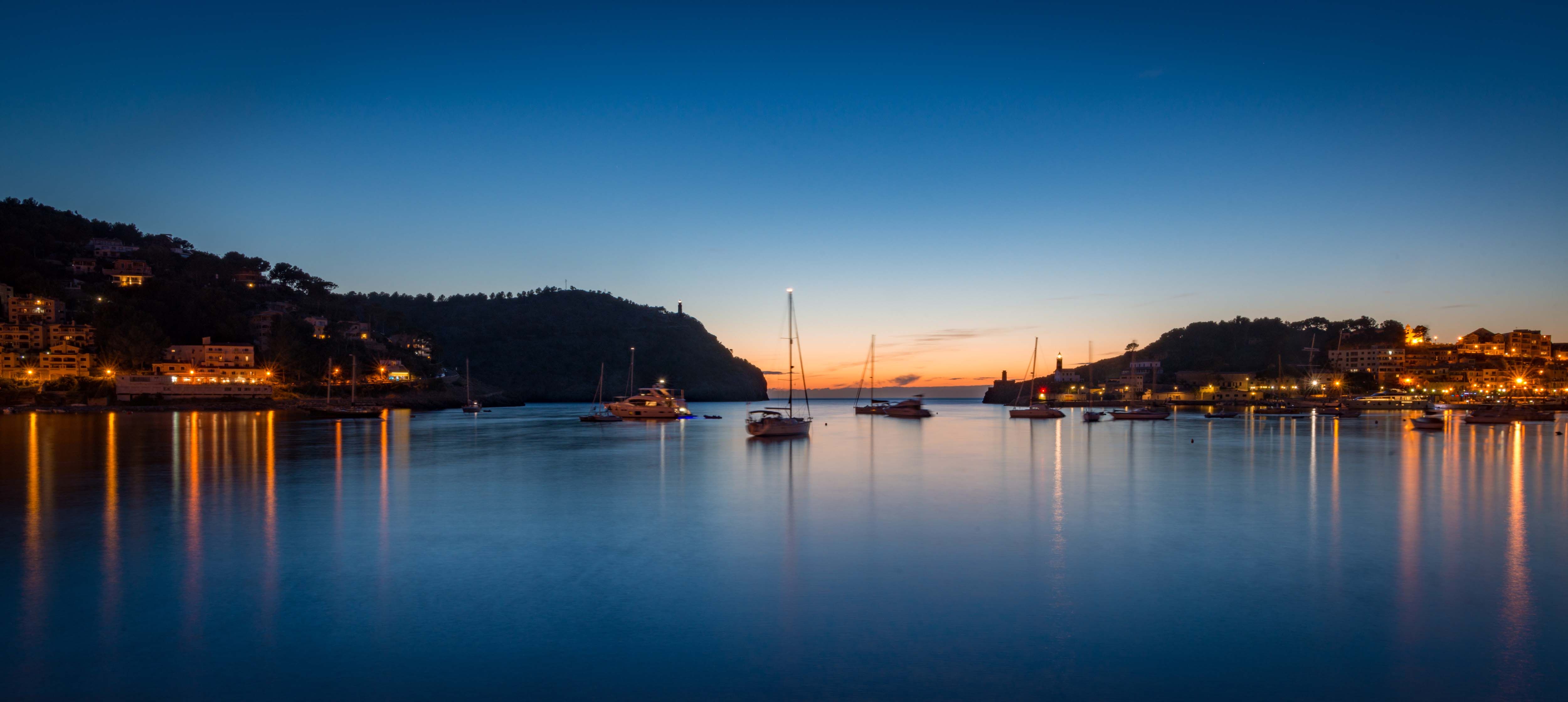Cons (and how to navigate them)
Mallorca’s got a lot going for it, but it’s not flawless. If you’re planning a trip to Spain and putting Mallorca on the list, it helps to know what might trip you up – and how to avoid it.
- Crowds are the big one. In summer, spots like Cala Agulla or Es Trenc can feel more packed than relaxing, and parking near beaches becomes a competitive sport. If you want breathing room, travel in spring or early autumn. The water’s still warm, and you’ll hear the waves.
- Overdevelopment is another issue. Some resort areas – especially around Magaluf or parts of the east coast – feel more generic than local. Stick to smaller towns like Pollença, Sóller, or Deià if you want character with your comfort.
- Car hire is useful, but parking is a pain. Old towns weren’t built for SUVs. Park outside the centre and walk in, or stay somewhere with guaranteed parking.
- Public transport is limited outside Palma and the main towns. If you’re relying on buses, plan routes in advance and check return times – they’re not always frequent.
None of this is a dealbreaker. But if you're heading to the island without a plan, you might miss the best of it.
Best places to see in Mallorca
Mallorca rewards curious travelers. Sure, the beaches are a draw – but there’s more here than sun and sand. From jagged mountain passes to historic towns and hard-to-reach coves, this is an island built for exploring. If you want to see Mallorca at its best, start with these spots.
Serra de Tramuntana
The backbone of Mallorca – and easily its most impressive natural feature. The Serra de Tramuntana mountain range runs along the northwest coast, offering some of the island’s best drives, hikes, and views. Winding roads connect villages like Deià, Valldemossa, and Sóller, each with stone buildings, terraced hillsides, and views that are worth every hairpin turn.
Palma de Mallorca
Mallorca’s capital often gets overlooked in the rush to the beach – big mistake. Palma has a Gothic cathedral that dominates the skyline, a lively old town full of winding alleys and café terraces, and a food scene that’s far better than you might expect. Explore the buzzing Santa Catalina neighborhood, grab local produce at Mercat de l’Olivar, or hit the waterfront for drinks at sunset. It’s walkable, vibrant, and still feels lived-in despite its popularity. Worth at least a full day, ideally more.











